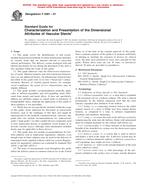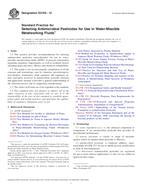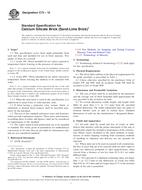1.1 This practice covers the production of wear debris and degradation products from implanted materials that may lead to a cascade for biological responses resulting in damage to adjacent and remote tissues. In order to ascertain the role of particles in stimulating such responses, the nature of the responses, and the consequences of the responses, established protocols are needed. This is an emerging, rapidly developing area and the information gained from standard protocols is necessary to interpret responses and to determine if there is correlation with the in vivo responses. Since there are many possible and established ways of determining responses, a single standard protocol is not stated. However, well described protocols are needed to compare results from different investigators using the same materials and to compare biological responses for evaluating (ranking) different materials. For laboratories without established protocols, recommendations are given and indicated with an asterisk.
1.2 Since the purpose of these studies is to predict the response in humans, the use of human cells would provide much information. However in the interest of safety in laboratory protocols, the use of non-human and non-primate cells is described.
1.3 The values stated in SI units are to be regarded as the standard.
1.4 This standard does not purport to address all of the safety concerns, if any, associated with its use. It is the responsibility of the user of this standard to establish appropriate safety and health practices and determine the applicability of regulatory limitations prior to use.
Product Details
- Published:
- 06/10/1998
- Number of Pages:
- 4
- File Size:
- 1 file , 68 KB


